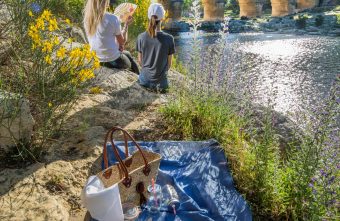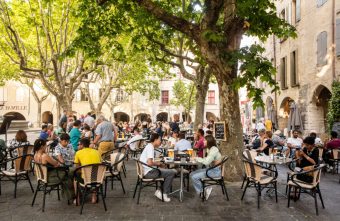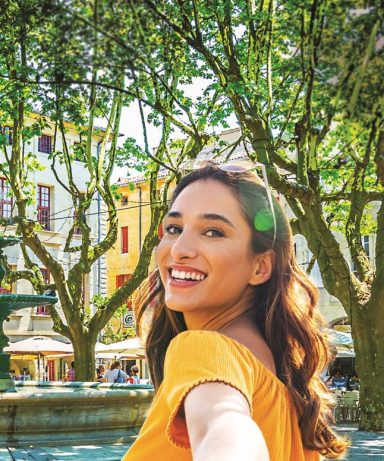“Uzès Exposition III”, announces a unique 2024 exhibition in France featuring creations by the Bugatti family and works by Adolphe Monticelli.
The town of Uzès and exhibition curator Marc Stammegna have unveiled the first outlines of the third edition of “Uzès Exposition”, which will run from spring to autumn 2024 in the exceptional setting of the former Bishop’s Palace, home to the Musée Georges Borias, which has been awarded the Musée de France label.
After having showcased works by César and Chabaud, the rooms of the former Bishop’s Palace will host works by the Bugatti family for the 2024 season! An exceptional event, since no-one has ever succeeded in bringing together the works of Carlo, Ettore and Rembrandt in a single exhibition. Furniture, bronzes and cars will all be on display at this third “Uzès Exposition”.
Paintings by Adolphe Monticelli will complete this rich program, on the occasion of the bicentenary of the Marseille painter’s birth.

 Ticketing
Ticketing  Pass
Pass
 Gift box
Gift box  Groups & business
Groups & business 











